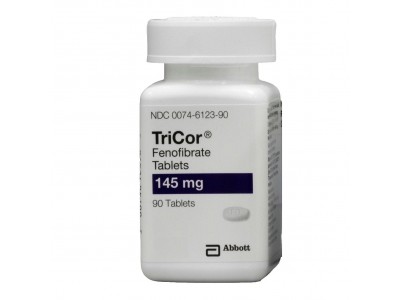Fenofibrate and fenofibric acid are closely related medications used to treat high cholesterol and triglycerides, but there are some differences between them. Both drugs are part of the fibrate class and work by activating peroxisome proliferator-activated receptor alpha (PPARα), which enhances the breakdown of fats and reduces levels of triglycerides and low-density lipoprotein (LDL) cholesterol while increasing high-density lipoprotein (HDL) cholesterol.
Fenofibrate is a prodrug, meaning it is converted into its active form, fenofibric acid, in the body after oral administration. This conversion happens in the liver, and fenofibric acid is the active metabolite responsible for the lipid-modifying effects. Because of this conversion process, fenofibrate is sometimes referred to by its generic name, while fenofibric acid is the active substance that exerts the therapeutic effects.
Fenofibric acid, on the other hand, is the active form of fenofibrate and can be administered directly as a medication. When prescribed as fenofibric acid, it does not require conversion in the liver to become active, which might offer certain pharmacokinetic advantages, such as more predictable absorption and potentially fewer interactions with other medications that could affect liver metabolism.
The choice between fenofibrate and fenofibric acid can depend on various factors, including patient-specific considerations, the prescriber's preference, and how the body absorbs and processes the drug. While their lipid-lowering effects are similar, individual response and tolerability can vary, so healthcare providers might choose one over the other based on a patient's health profile and medical history.
Both medications require regular monitoring to ensure their effectiveness and to check for potential side effects, such as gastrointestinal issues, muscle pain, or elevated liver enzymes. It is important for patients to follow their healthcare provider's instructions and attend routine check-ups to manage their lipid levels safely and effectively.

